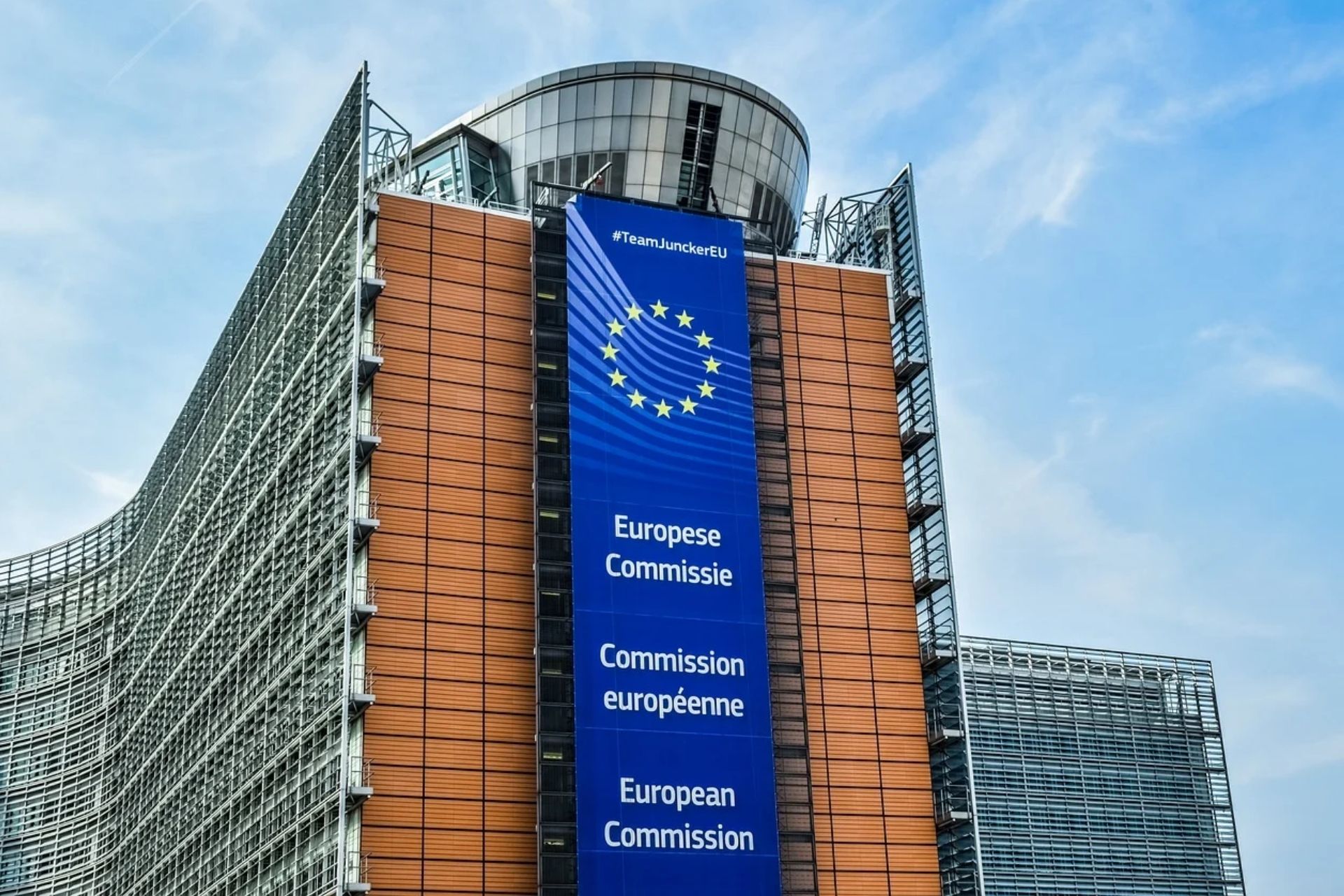
What are the EU Sustainability Goals?
We are reader-supported. When you buy through links on our site, we may earn affiliate commission.
What are the EU Sustainability Goals?
Climate change is impacting each nation’s economic and ecological stability. Government leaders around the world are identifying the challenges and developing sustainable solutions. Most regions set strict carbon neutrality goals to conserve natural resources for coming generations.
The European Union (EU) regulates activities throughout Europe, from Greece to Sweden. It handles external and internal crises ranging from Brexit to consumers’ rights. The EU identified climate change’s severity and developed sustainability goals.
Why is the EU Getting Involved in Sustainable Development?
The EU influences laws and regulations in various countries. Nations must work together to create impactful ecological changes. The EU can set sustainability objectives and facilitate a fast track towards conservation.
There are four challenges in Europe limiting climate change reduction efforts. The first limitation revolves around a circular economy. When companies and nations engage in circular economies, they can keep materials in the manufacturing sector indefinitely.
Recycling products can minimize landfill and mining pollution over time. Another challenge involves agricultural production and minimizing food waste. The third limitation occurs in the transportation sector.
Nearly 7.3 billion tons of greenhouse gas emissions come from passenger and commercial vehicles annually. Emissions are the leading cause of climate change globally. The final challenge revolves around social equality.
Sustainable development must promote job security, social rights, health protection and other societal benefits. Countries must improve their education and health care systems to increase equitability. Sustainable development can increase individuals’ access to resources while protecting the environment.
What is the Main Goal?
The EU developed 17 sustainable development goals (SDGs). Six key SDGs may improve ecological conservation. The main goal of SDGs is minimizing environmental exploitation by 2030.
European countries are struggling to preserve marine ecosystems. Individuals must treat life above and below water equally to reach global sustainability. The first SDG helping countries achieve climate change prevention efforts is zero hunger.
Zero Hunger
Agricultural production closely relates to environmental conservation and societal protection. As the global population expands, farmers must produce more food. Climate change creates production challenges for farmers, which increases international hunger rates.
As Earth’s temperature increases, the evaporation rate follows. Water displacement can increase precipitation in some regions, leaving others in droughts. Increased rain causes soil erosion, which minimizes nutrient levels.
Farmers can achieve zero hunger by targeting soil erosion. Over 95% of the global food supply derives from soil. When agricultural professionals preserve the Earth’s nutrient density, they can produce abundant quantities of food and minimize hunger.
Affordability and Clean Energy
A global challenge in the transportation sector is gas pricing. When Russia first invaded Ukraine, the cost of oil and gas skyrocketed. Limited affordability reduces individuals’ transportation access.
Rising oil and gas prices also affect residents’ utility costs. Individuals struggle to keep their homes warm and lights on when energy prices increase. The EU’s affordability and clean energy goal works to diversify European power grids.
Relying on solar and wind power can minimize society’s reliance on fossil fuels. It can also decrease utility costs because solar is the most cost-effective power source on the market. The third SDG involves freshwater conservation.
Clean Water and Sanitation
Humans can only consume a small percentage of water on Earth. Water displacement and exploitation increase global dehydration rates. Over 785 million individuals have minimal access to clean drinking water.
Countries can build water reclamation systems using rainwater harvesting technologies to conserve freshwater. Government officials may also regulate resource exploitation by different industries to minimize surface-level pollution. When regions apply the systems, they may increase hygiene levels and prevent dehydration.
Sustainable Cities and Communities
Another EU Sustainability goal relates to cities and communities. Environmental challenges directly impact different demographics of society. One equitability limitation in unsustainable communities is environmental racism.
Low-income regions contain fewer environmental regulations compared to wealthier areas. For example, in Michigan, a small town suffered from lead poisoning. The low-income town had few resource maintenance regulations, causing fatal health effects.
The EU’s sustainable cities and communities goal improve residents’ safety through eco-conscious development. Effective urban planning, waste management, resource conservation and other systems may enhance conservation efforts. Countries must protect their residents and local biodiversity to achieve ecosystem sustainability.
Life Below Water and On Land
Water makes up three-quarters of the planet’s surface. The ocean absorbs greenhouse gas emissions and hosts millions of species. Minimizing ocean heating and pollution can conserve aquatic ecosystems.
Similarly, regions must protect species on land to prevent adverse ecological effects. Preserving natural habitats reduces biodiversity loss and improves carbon filtration. The EU plans on enhancing global sustainability by 2030, targeting the regions listed above.
Can We Achieve EU Sustainability Goals by 2030?
Countries can achieve sustainability by developing strict pollution laws. Government officials must target unsustainable sectors like transportation, construction and industrial companies to reduce greenhouse gas emissions. Over time, strict regulations and eco-conscious development can protect humanity and the planet.
Share on
Like what you read? Join other Environment.co readers!
Get the latest updates on our planet by subscribing to the Environment.co newsletter!
About the author

Jane Marsh
Starting from an early age, Jane Marsh loved all animals and became a budding environmentalist. Now, Jane works as the Editor-in-Chief of Environment.co where she covers topics related to climate policy, renewable energy, the food industry, and more.





